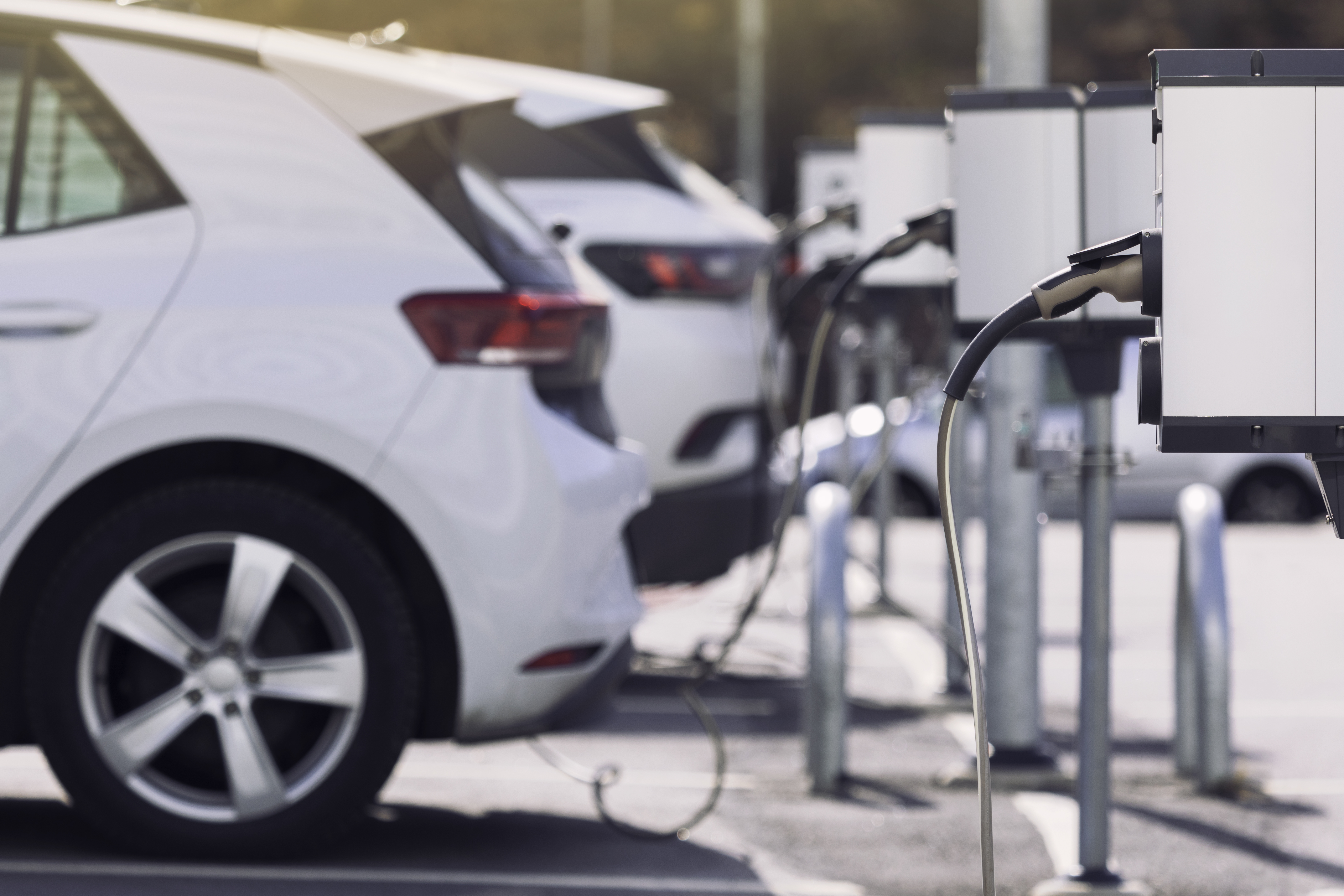“Hot Wheels”: The EV Fire Risk Auto Dealers Should Know About

Electric vehicles (EVs) are becoming more common on dealership lots and in households across the country. While the popularity of EVs continues to grow, the risks associated with lithium-ion batteries, the power source in the vehicles, remain steady. One of those risks is fire incidents – in fact, over the past few years, the number of fire and overheating incidents involving lithium-ion batteries has continued to increase.
Fires associated with lithium-ion batteries are extremely intense, reaching temperatures up to 4,900°F. At the same time, these fires are difficult to extinguish and prone to reignition. Such fires can be ignited by physical damage, manufacturing defects, or even environmental exposure which can all cause catastrophic loss.
For auto dealers, this presents a safety and financial threat. Understanding these risks and taking specific actions are essential for safe usage of electric vehicles.
Here are some hazards and best practices that can help:
EV Lithium-Ion Battery Fire Hazards:
- Thermal runaway: Internal short circuits can trigger uncontrollable heat and fires.
- Difficult to extinguish: Requires 10× more water and may reignite days later.
- Hidden damage: Impact or water intrusion can cause unseen internal battery issues.
- High financial risk: Fires can lead to multi-million-dollar losses.
Best Practices:
- Emergency Preparedness: Train staff on EV hazards and emergency response procedures, including coordinating with local fire departments.
- Safe Handling: Only certified personnel should work on EVs. Damaged batteries should be removed immediately.
As electric vehicle popularity accelerates, so must awareness and preparedness. Auto dealerships are on the front lines of this transition and should keep lithium-ion battery safety a top priority. The cost of inaction is too high – not just in dollars, but in safety, reputation, and long-term viability. Proactive preparedness today ensures a safer, more resilient dealership for the future.
Source (s) used in this article:
- U.S Fire Administration. Electric Vehicle Fire Safety. Accessed 22 September 2025.
- Argonne National Laboratory. U.S. Department of Energy, Office of Energy & Renewable Energy. Electric Vehicle Fire Primer for Fleet Managers. Accessed 22 September 2025.
